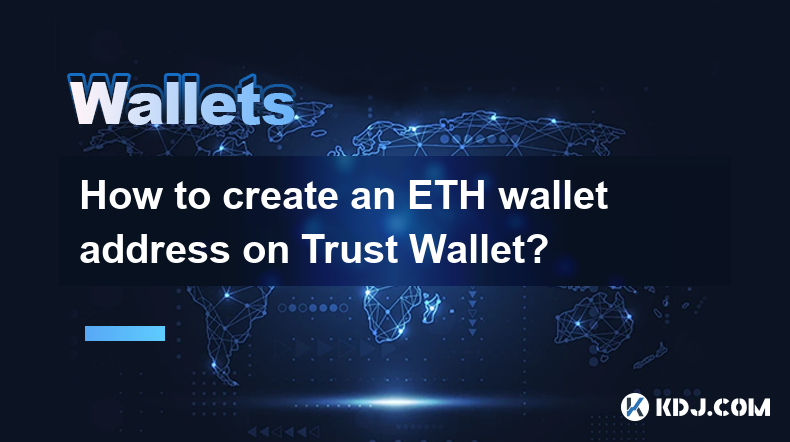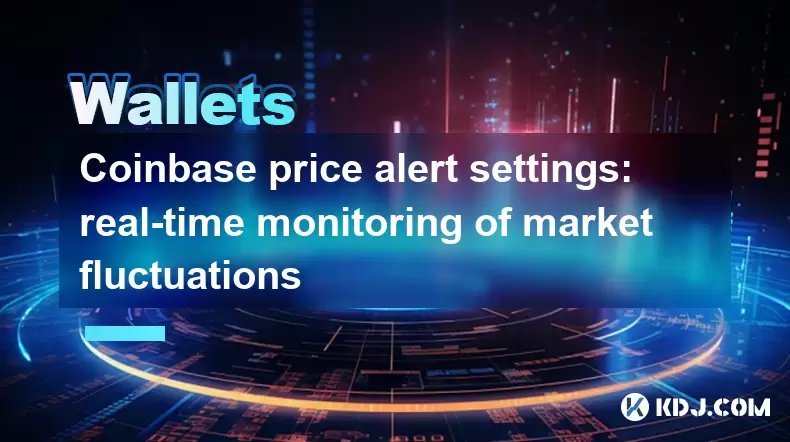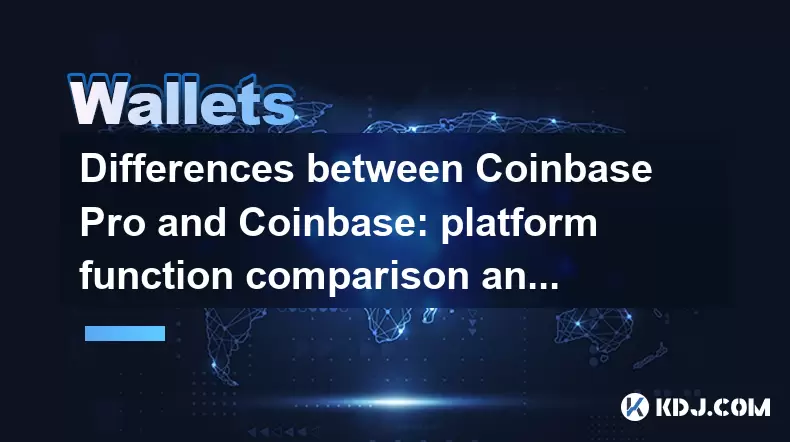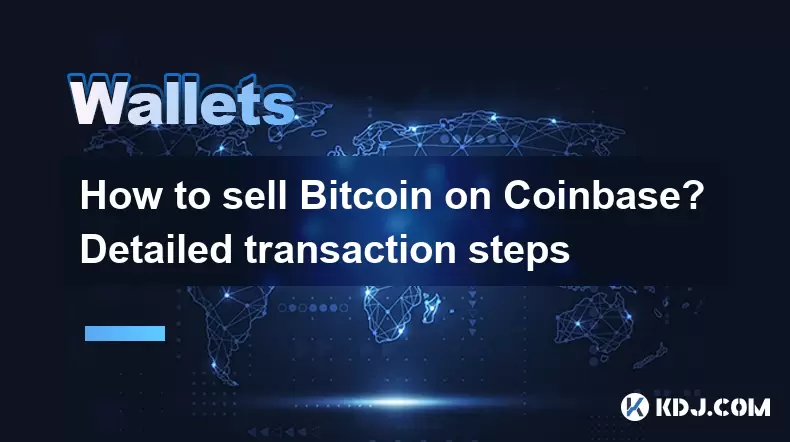-
 Bitcoin
Bitcoin $107,341.7259
0.15% -
 Ethereum
Ethereum $2,438.6204
0.70% -
 Tether USDt
Tether USDt $1.0003
-0.02% -
 XRP
XRP $2.1866
1.94% -
 BNB
BNB $649.0952
0.36% -
 Solana
Solana $150.9602
5.63% -
 USDC
USDC $0.9999
0.00% -
 TRON
TRON $0.2742
0.40% -
 Dogecoin
Dogecoin $0.1645
1.93% -
 Cardano
Cardano $0.5669
1.18% -
 Hyperliquid
Hyperliquid $37.8286
4.19% -
 Bitcoin Cash
Bitcoin Cash $491.4669
-2.74% -
 Sui
Sui $2.8150
3.06% -
 Chainlink
Chainlink $13.4184
2.91% -
 UNUS SED LEO
UNUS SED LEO $9.0809
0.27% -
 Avalanche
Avalanche $18.0295
2.60% -
 Stellar
Stellar $0.2396
1.19% -
 Toncoin
Toncoin $2.8587
0.13% -
 Shiba Inu
Shiba Inu $0.0...01160
2.59% -
 Litecoin
Litecoin $86.4192
1.45% -
 Hedera
Hedera $0.1486
1.19% -
 Monero
Monero $308.4324
0.87% -
 Polkadot
Polkadot $3.4202
1.43% -
 Bitget Token
Bitget Token $4.6436
-0.34% -
 Dai
Dai $0.9998
-0.02% -
 Ethena USDe
Ethena USDe $1.0002
0.00% -
 Uniswap
Uniswap $7.1527
3.29% -
 Pi
Pi $0.5357
-8.45% -
 Pepe
Pepe $0.0...09588
4.61% -
 Aave
Aave $259.9759
0.81%
How to create an ETH wallet address on Trust Wallet?
Trust Wallet offers a secure, user-friendly way to create an ETH wallet address, emphasizing the importance of safeguarding your private keys and seed phrase.
Apr 02, 2025 at 03:42 am

Understanding Trust Wallet and Ethereum
Trust Wallet is a popular mobile cryptocurrency wallet known for its user-friendly interface and support for a wide range of cryptocurrencies, including Ethereum (ETH). Creating an ETH wallet address within Trust Wallet is straightforward and secure. This process involves generating a unique address linked to your private keys, allowing you to receive and send ETH. Remember, securing your private keys is paramount to protecting your assets.
Step-by-Step Guide: Creating Your ETH Wallet Address
Before you begin, ensure you have downloaded and installed the official Trust Wallet app from the Google Play Store (Android) or the Apple App Store (iOS). Avoid downloading from unofficial sources to prevent malware.
Step 1: Launch Trust Wallet and Select Ethereum: Open the Trust Wallet app. You'll see a list of supported cryptocurrencies. Locate and select Ethereum (ETH). If ETH isn't already added, you may need to search for it and add it to your wallet.
Step 2: Generate Your Wallet: Trust Wallet will guide you through the wallet creation process. This typically involves agreeing to the terms of service and possibly setting a security PIN or biometric authentication. This step is crucial for securing your wallet.
Step 3: Secure Your Seed Phrase: After creating your wallet, Trust Wallet will display your seed phrase (a list of 12 or 24 words). This seed phrase is the master key to your wallet. Write it down on paper, store it securely offline, and NEVER share it with anyone. Losing your seed phrase means losing access to your ETH.
Step 4: Review Your ETH Address: Once your wallet is created, you will see your unique ETH wallet address. This address is what you will provide to others to receive ETH. This address is a long string of alphanumeric characters. Double-check its accuracy before sharing it.
Understanding Your ETH Wallet Address and Private Keys
Your ETH wallet address is like your bank account number. It's a public identifier that others can use to send you ETH. Your private keys, on the other hand, are like your bank card PIN. They are secret and should never be shared. They allow you to authorize transactions from your wallet. Trust Wallet handles the complexities of private key management, keeping them secure on your device.
Receiving and Sending ETH
Once your ETH wallet address is generated, you can start receiving ETH. Simply provide your address to the sender. To send ETH, you'll need to know the recipient's ETH address and have sufficient ETH in your wallet. Trust Wallet provides a user-friendly interface for initiating and confirming transactions. Remember to double-check all details before confirming any transaction. Incorrectly entered addresses can lead to irreversible loss of funds.
Security Best Practices for Your ETH Wallet
Maintaining the security of your ETH wallet is paramount. Here are some essential security practices:
Strong Password/PIN: Use a strong, unique password or PIN for your Trust Wallet app and your device.
Biometric Authentication: Enable biometric authentication (fingerprint or face ID) for added security.
Regular Software Updates: Keep your Trust Wallet app and your device's operating system updated to benefit from the latest security patches.
Beware of Phishing: Be cautious of phishing attempts. Trust Wallet will never ask for your seed phrase or private keys.
Offline Seed Phrase Storage: Keep your seed phrase offline and in a secure location.
Backup and Recovery
In case you lose access to your Trust Wallet app or your device, having a backup of your seed phrase is crucial. This seed phrase allows you to restore your wallet to a new device. Remember, without your seed phrase, your ETH is irretrievably lost.
Exploring Advanced Features
Trust Wallet offers various advanced features, including staking and decentralized application (dApp) integration. These features allow you to earn rewards on your ETH or interact with various decentralized applications. Explore these features carefully and understand the associated risks before using them.
Frequently Asked Questions
Q: Is Trust Wallet safe for storing ETH?
A: Trust Wallet employs industry-standard security measures to protect user funds. However, no system is entirely foolproof. Adhering to best security practices is crucial for minimizing risk.
Q: What if I lose my seed phrase?
A: Losing your seed phrase means irreversible loss of access to your ETH. There is no recovery mechanism without it.
Q: Can I use my ETH wallet address on other platforms?
A: Yes, your ETH wallet address is compatible with various platforms and exchanges that support Ethereum.
Q: How do I check my ETH balance?
A: Your ETH balance is displayed within your Trust Wallet app after selecting your ETH wallet.
Q: What are transaction fees (gas fees)?
A: Gas fees are transaction costs on the Ethereum network. These fees vary depending on network congestion. Trust Wallet will show you the estimated gas fee before you confirm a transaction.
Q: How long does an ETH transaction take?
A: Transaction times vary depending on network congestion. They can range from a few seconds to several minutes.
Q: Can I use Trust Wallet on multiple devices?
A: You can access your wallet on multiple devices using your seed phrase, but it is recommended to secure your devices with strong passwords and biometric authentication.
Disclaimer:info@kdj.com
The information provided is not trading advice. kdj.com does not assume any responsibility for any investments made based on the information provided in this article. Cryptocurrencies are highly volatile and it is highly recommended that you invest with caution after thorough research!
If you believe that the content used on this website infringes your copyright, please contact us immediately (info@kdj.com) and we will delete it promptly.
- Kitten Craze Online: Hunting for the Purr-fect Coin Purse
- 2025-06-29 10:30:12
- Pudgy Penguins Soar to 3-Month High Amidst PENGU ETF Buzz!
- 2025-06-29 10:30:12
- AI Agents, Token Role, and Capitalization: Navigating the Web3 Frontier
- 2025-06-29 10:50:11
- Avalanche Price Forecast: Grayscale Boost Signals Potential Rally to $50?
- 2025-06-29 10:50:11
- Khazan's Getting a Facelift: Balance Changes and Freebies Galore!
- 2025-06-29 11:10:12
- Wall Street's Crypto Rival Battle: Saylor vs. Chanos and the Meme Coin Mania
- 2025-06-29 11:10:12
Related knowledge

Coinbase price alert settings: real-time monitoring of market fluctuations
Jun 29,2025 at 07:00am
Setting Up Coinbase Price AlertsTo begin real-time monitoring of market fluctuations on Coinbase, users can utilize the built-in price alert feature. This function allows you to receive notifications when a cryptocurrency reaches a specific price point. To access this setting, open the Coinbase app or log in via the web platform. Navigate to the 'Prices...

How to stake cryptocurrencies on Coinbase? Benefits and risks
Jun 27,2025 at 06:36pm
Understanding Cryptocurrency Staking on CoinbaseStaking cryptocurrencies involves locking up digital assets to support the operations of a blockchain network, typically in return for rewards. Coinbase, one of the most popular cryptocurrency exchanges globally, offers staking services for several proof-of-stake (PoS) coins. Users can stake their holdings...

Differences between Coinbase Pro and Coinbase: platform function comparison and analysis
Jun 29,2025 at 08:21am
Overview of Coinbase and Coinbase ProWhen exploring the cryptocurrency trading landscape, users often encounter two platforms under the same parent company: Coinbase and Coinbase Pro. While both are operated by the same organization, they cater to different types of users and offer varying features. Coinbase is primarily designed for beginners and casua...

How to contact Coinbase customer service? Support channels and response times
Jun 28,2025 at 01:29pm
Contacting Coinbase Customer Service: Support Channels and Response TimesIf you're a user of Coinbase, reaching their customer service team may become necessary for various reasons, such as account verification issues, transaction disputes, or technical difficulties. Understanding the different support channels available and what to expect in terms of r...

Coinbase advanced trading function usage tutorial: limit orders and market orders
Jun 28,2025 at 09:07pm
Understanding the Difference Between Limit Orders and Market OrdersWhen using Coinbase's advanced trading features, it is crucial to understand the fundamental difference between limit orders and market orders. A market order executes immediately at the best available price on the market. This type of order ensures that your trade goes through quickly, ...

How to sell Bitcoin on Coinbase? Detailed transaction steps
Jun 29,2025 at 04:22am
Setting Up Your Coinbase Account for TransactionsBefore you can sell Bitcoin on Coinbase, you must ensure your account is fully set up and verified. Coinbase requires identity verification to comply with regulatory standards. This process involves uploading a government-issued ID, confirming your address, and sometimes submitting a selfie holding the ID...

Coinbase price alert settings: real-time monitoring of market fluctuations
Jun 29,2025 at 07:00am
Setting Up Coinbase Price AlertsTo begin real-time monitoring of market fluctuations on Coinbase, users can utilize the built-in price alert feature. This function allows you to receive notifications when a cryptocurrency reaches a specific price point. To access this setting, open the Coinbase app or log in via the web platform. Navigate to the 'Prices...

How to stake cryptocurrencies on Coinbase? Benefits and risks
Jun 27,2025 at 06:36pm
Understanding Cryptocurrency Staking on CoinbaseStaking cryptocurrencies involves locking up digital assets to support the operations of a blockchain network, typically in return for rewards. Coinbase, one of the most popular cryptocurrency exchanges globally, offers staking services for several proof-of-stake (PoS) coins. Users can stake their holdings...

Differences between Coinbase Pro and Coinbase: platform function comparison and analysis
Jun 29,2025 at 08:21am
Overview of Coinbase and Coinbase ProWhen exploring the cryptocurrency trading landscape, users often encounter two platforms under the same parent company: Coinbase and Coinbase Pro. While both are operated by the same organization, they cater to different types of users and offer varying features. Coinbase is primarily designed for beginners and casua...

How to contact Coinbase customer service? Support channels and response times
Jun 28,2025 at 01:29pm
Contacting Coinbase Customer Service: Support Channels and Response TimesIf you're a user of Coinbase, reaching their customer service team may become necessary for various reasons, such as account verification issues, transaction disputes, or technical difficulties. Understanding the different support channels available and what to expect in terms of r...

Coinbase advanced trading function usage tutorial: limit orders and market orders
Jun 28,2025 at 09:07pm
Understanding the Difference Between Limit Orders and Market OrdersWhen using Coinbase's advanced trading features, it is crucial to understand the fundamental difference between limit orders and market orders. A market order executes immediately at the best available price on the market. This type of order ensures that your trade goes through quickly, ...

How to sell Bitcoin on Coinbase? Detailed transaction steps
Jun 29,2025 at 04:22am
Setting Up Your Coinbase Account for TransactionsBefore you can sell Bitcoin on Coinbase, you must ensure your account is fully set up and verified. Coinbase requires identity verification to comply with regulatory standards. This process involves uploading a government-issued ID, confirming your address, and sometimes submitting a selfie holding the ID...
See all articles

























































































